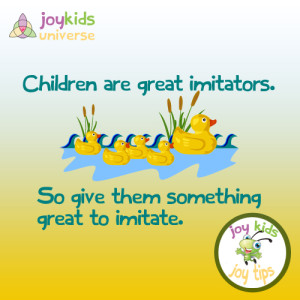What makes your childhood a happy one?
The Irish writer John Connolly put it very vividly when he wrote: “For in every adult there dwells the child that was, and in every child there lies the adult that will be.” That’s why a happy and joyful childhood is so important for your child to become a happy adult. But what goes into the making of a happy childhood? Research has shown, and Joy Kids Universe believe that it’s not so much the childhood events that make a happy childhood; it’s how you perceive them as an adult. Here’s what’s important when you look back on your childhood.

- Social activities count more. The impression of a happy childhood stems more from social activities than from solitary ones. Having a party on special occasions creates an impression of a happy childhood, whereas getting toys or games does not. Likewise, bonding with family members contributes more to the impression of a happy childhood than things like playing video games or hiking and fishing. Live life joyfully!
- Peer acceptance matters. Even the way childhood problems are looked at involves the social aspect. Having health or school problems as a child are not viewed as an unhappy childhood. However, quarreling parents, being bullied, or left out leave an impression of an unhappy childhood. Casey Rose is so happy to have the Joybug by her side!
- Sharing = Happiness. The research shows that not making the team, or receiving an award don’t matter so much. For a grownup, it’s more how these were shared with, and appreciated by family and friends that make for a happy childhood.
- Remember, thinking happy thoughts is easy! Ask Casey Rose and the Joybug!
Please, no reprints without permission.
Copyright, Joy Kids Universe, LLC
Follow us on Facebook | Twitter | Pinterest